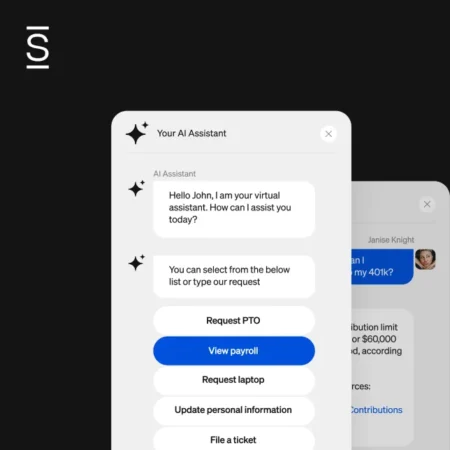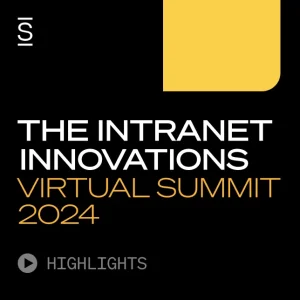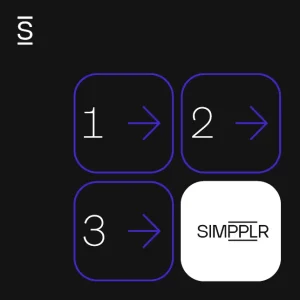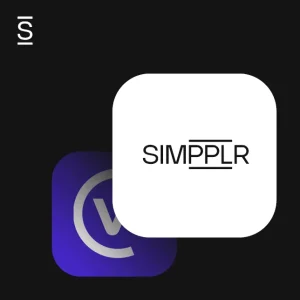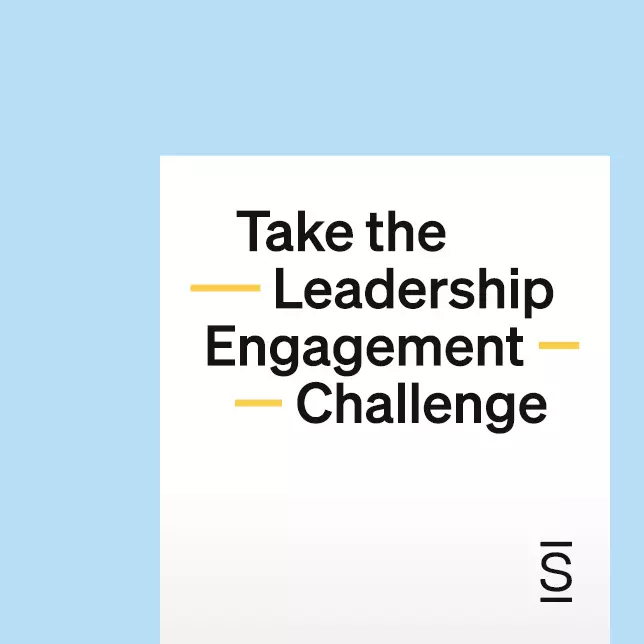Much of the information employees receive remains subject to review by either HR or legal. When it doesn’t, the answers might come from managers who are unfamiliar or unaware of official policies. As a result, answers to common questions like “When will I receive my W-2 or pay stub?” and “What’s our dress-code policy?” end up skirting the issue and leaving employees frustrated and confused. Until recently, that one-way communication was a burden for employees and one that could get cleared up through a few additional queries.
And then the COVID-19 pandemic hit, and the concept of “every day” went out the proverbial window. Employees needed info about serious matters – and fast. They couldn’t be bothered to navigate complex healthcare and benefits documents or unpack the legalese associated with terms like “furlough.” What used to be considered a passable experience no longer meets employee expectations. Demand for a new approach to compliant communications is spurring – one that better understands what the workforce is asking.
Meeting employees where they are
Today’s world of work looks different, with increased numbers of employees going fully remote and many intending to stay that way. Most organizations weren’t set up for the type of rapid transition COVID-19 required — with digital transformation lingering lower on the corporate to-do list. Even so, when surveyed just prior to the official pandemic declaration, nearly 60 percent of U.S. business owners felt prepared to respond. As the pivot started, that optimism began to fray – and quickly.
During the initial disruption, employees continued to have questions, ranging from taking home office equipment to modifying existing policies. Introducing new legislation further complicated the immediate situation, leaving HR teams scrambling to find answers and navigate an evolving compliance landscape. Suddenly, organizations had to connect with employees where they were, fielding requests and offering comprehensive insights in near real-time. Frustration grew palpable, but the opportunity for sustainable change emerged from that friction.
Bridging the content divide
The first change? How communication takes place. With an influx of employees working from home, there’s less opportunity for in-person interactions. Compound that with a set number of available company representatives, and it becomes clear that organizations need a digital solution to augment these other options. Then, there is the matter of how the solution operates.
While chatbots have grown in popularity over the last few years, many come with restrictions because of programming protocols or a lack of viable integrations. Instead of being a guiding light for employees, basic bots put limits on an otherwise straightforward process: ask a question, get an answer.
Employees want actionable advice through a friendly conversation that provides resolution, as one might expect from a colleague or manager.
Accomplishing this requires merging content from across the business with more intelligent technology, connecting the various apps and touchpoints to create a unified voice – and, ultimately, experience.
Access to trusted, compliant information is critical – and the faster, the better. It’s not just about what the workforce is asking but also what the company isn’t answering — and legalese can’t cover for lack of insight into difficult questions. Nor is it acceptable to send employees to an FAQ database or down an intranet rabbit hole and expect them to figure things out. Instead, organizations have to provide the meaning behind actions, showing thought and intent. It’s vital to bring the necessary information together in one place, at one time, and to stay connected regardless of where or when these conversations happen.
How Simpplr can help
By unifying employee engagement, enablement and services using cutting-edge AI, Simpplr’s vision is to deliver a seamless and personalized work journey for every employee, no matter where or how they work. Request a demo to see how Simpplr’s Virtual Assistant can help you revolutionize employee self-service with AI-powered workflows and assistance.










